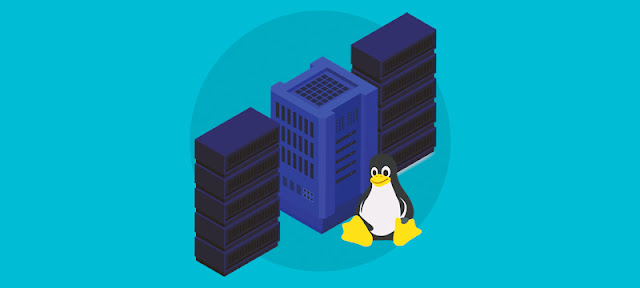
Server security refers to the programs, devices, and procedures used to safeguard a company's server from intrusion and other online dangers. For the majority of system executives and cyber security teams, it is a crucial prerequisite.
Based on the robust
default permissions structure of the operating system, Linux security is
regarded as good. To maintain the security and efficiency of your servers, you
must still follow the top practices.
Take the following actions
to enhance the default setup of your Linux server.
1. Install only necessary packages
To preserve the
operation of your server, you should only set up those packages that are
required for operation by your company.
Many popular packages,
including add user and base password, are preinstalled on Linux server
distributions. Users have the option to set up extra packages during
implementation, such as a DNS server, an Open SSH server, a print server, and a
LAMP stack.
By using the built-in
package management system, you can add more apps. Packages can be added to
Personal Package Archives (PPAs), repositories made by Linux users, or
retrieved from official repositories to access a wider range of applications.
However, the more
programs you set up, especially from outside repositories, the greater the risk
of introducing weaknesses into the system. Reduce the number of installed
packages as much as possible, and occasionally remove anything unnecessary.
2. Turn off the root login
The superuser
"root" that has heightened executive permissions is present in Linux
distributions. Because cybercriminals can use this credential to gain access to
the server, leaving root login enabled can pose a security risk and reduce the
security of the resources hosted on the server. You should disable the login to
improve server security.
Depending on the Linux
distribution you are running, there are several steps to disable the root
account. You should first set up a new user account and give it enhanced
capabilities so that you can continue to administer the server and install
packages. To ensure a safe server login, you can also give these permissions to
an already-existing user.
3. Set up 2FA.
By having a password
and a second token for the users to log in to the server, 2FA (two-factor
authentication) significantly increases the safety of user access.
Secure Shell (SSH) and
2FA can be used together to make it necessary to enter another credential when
entering into the server. The SSH protocol establishes a secure text-based
connection to a distant server. Together, these increase the server's
resistance to brute force attacks and unauthorized login attempts, which can
enhance security.
4. Enforce strong passwords
Password security is
important for users logging in to their computers. Executives, for servers,
must also make sure that users are using strong enough passwords. They are far
more able to withstand attacks thanks to this practice.
Requiring
a minimal level of cryptographic security
You should use strong credentials
that are at least 12 characters long and contain a random mix of alphabets,
numbers, and characters. Consider using a password management solution that can
verify a password's level of safety or generate one with enough complexity to
enforce this policy throughout your company.
5. Routine or automatic updates
You shouldn't keep
outdated, unpatched packages on your computer since they expose serious
security holes that hackers could take advantage of. Make sure your server is
updated frequently to avoid this issue.
In a rolling
distribution cycle, many Linux distributions are updated with both short-term
and long-term release versions. Your security personnel should decide upfront
whether they want to use reliable or cutting-edge software on their computers
and set up the proper updating procedures.
Many Linux
distributions also come with tools for automating the updating process.
6. Activate a firewall
As the first line of
security against unpermitted or malicious connection requests, every Linux
server must be operating a firewall. A typical, fundamental Linux firewall is
called UFW (uncomplicated firewall). To make sure that the firewall policy is
appropriate for the operating environment of your company, you should inspect
it.
These days, some operators
are also at risk from DDoS attacks. Linux servers that are accessible through
the internet can be hidden behind a proxy server that inspects and cleans
incoming traffic to guard against DDoS attacks. In addition, open-source
scripts are available for server-side installation.
7. Backup
Things can always go
wrong, and packages can lead to complications with dependencies and other
things. You must continue to have the option of rolling back server changes.
For each primary
protected device, a reliable backup strategy should comprise making two copies,
one of which should be stored offsite. For Linux servers, there are
easier system rollback tools that can aid in automating this procedure and
enabling more rapid disaster recovery (DR).
Conclusion
Linux may be the finest server for your corporation or small business because most versions come with a respectable security practice already set up. However, you should harden your Linux server by following the top 7 recommendations to greatly improve your defenses and reduce the likelihood that individuals may get unpermitted access.
